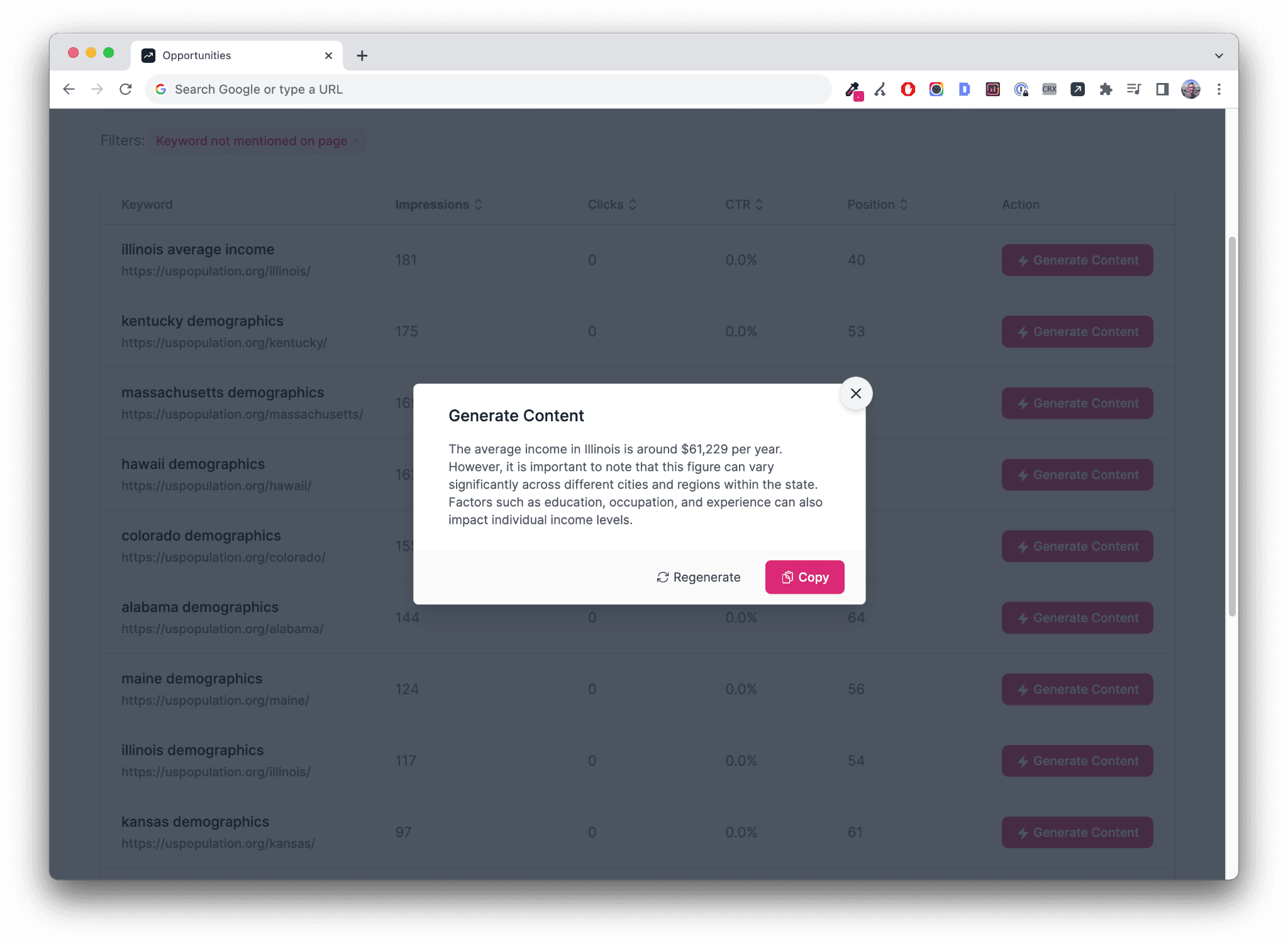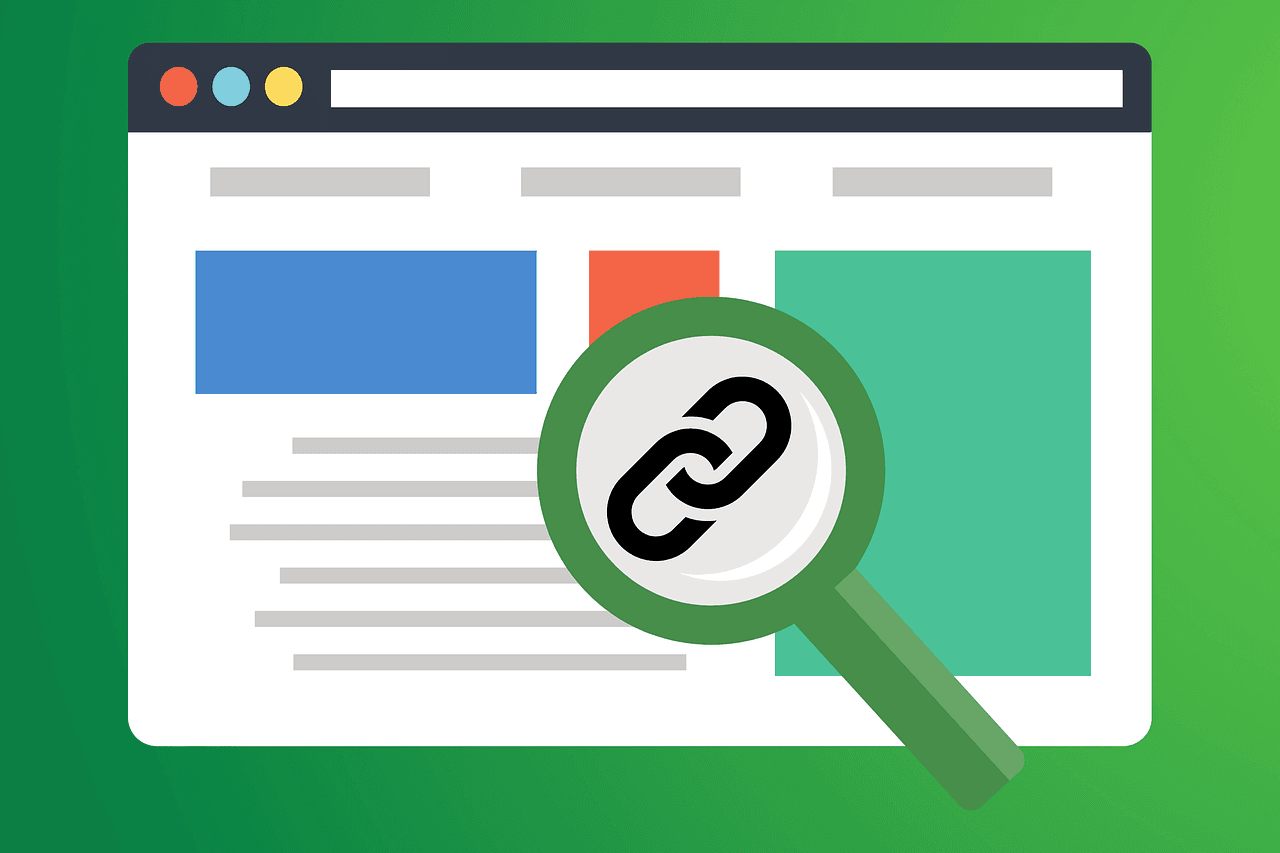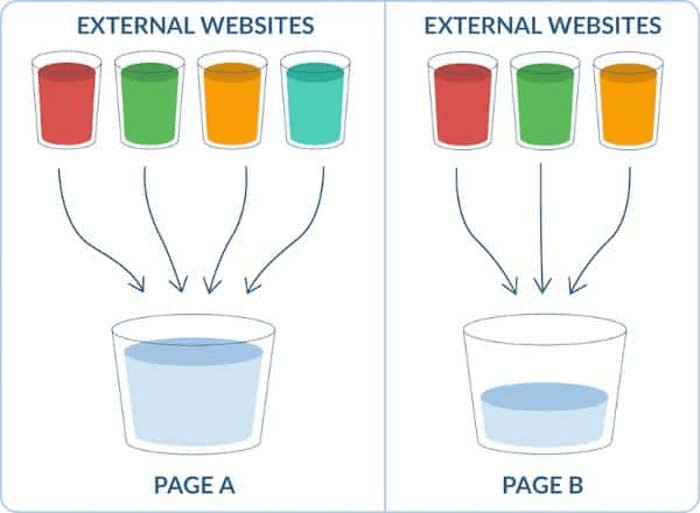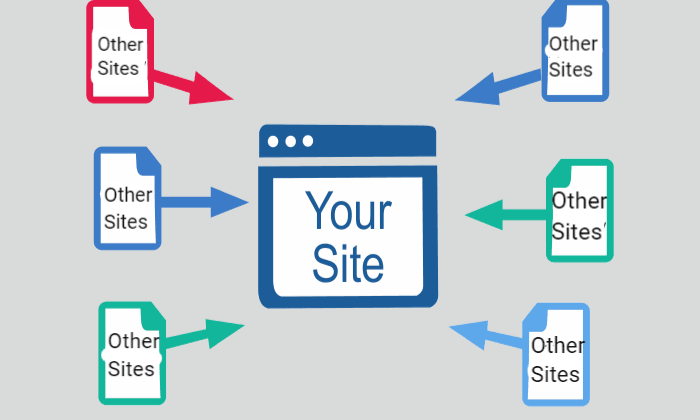SEO content optimization is the process of enhancing your website's content to improve its ranking in search engine results. It involves targeting relevant keywords, improving structure, and aligning with user intent. At Keyword Metrics, we’re here to explore this topic in depth.
What is SEO Content Optimization?
SEO Content Optimization is the process of refining and enhancing your website's content to make it more appealing to search engines and valuable to users. The goal is to help your content rank higher in search engine results pages (SERPs), increase visibility, and attract more organic traffic. It involves strategically using keywords, improving readability, and aligning content with search intent.
How SEO Content Optimization Works
Matching Search Intent
Search engines like Google prioritize content that satisfies user queries. To optimize content, it’s important to understand the intent behind keywords.
- Informational intent: Users are looking for answers. Example: "What is SEO?"
- Navigational intent: Users want to find a specific site. Example: "Moz SEO tools"
- Transactional intent: Users are ready to make a purchase. Example: "Buy SEO tools online."
Actionable Tip: Use tools like Google Keyword Planner or Ahrefs to identify keywords and categorize them by search intent. Write content that directly answers user needs.
Keyword Integration
Optimizing for keywords doesn’t mean stuffing them everywhere. Instead:
- Use keywords naturally in the title, meta description, headings, and throughout the content.
- Include semantic keywords (related terms) to enrich your content.
Example: If your target keyword is "SEO basics," include related terms like "SEO strategies" or "beginner SEO tips."
Structuring Content for Search Engines
Search engines prefer well-organized content that is easy to crawl.
- Use headings (H1, H2, H3) to break up sections.
- Keep paragraphs concise.
- Add bullet points and numbered lists for scannability.
Visual Tip: Include an infographic or table of contents to enhance readability.
Importance of SEO Content Optimization
Higher Search Engine Rankings
Optimized content increases your chances of appearing on the first page of SERPs. This improves visibility and drives organic traffic.
Enhanced User Experience
By creating relevant, high-quality content, you not only appeal to search engines but also provide value to users. Happy users spend more time on your site, which improves dwell time and reduces bounce rates—both key ranking factors.
Competitive Advantage
In saturated markets, SEO content optimization helps you stand out. Optimized content aligns with the latest trends and user needs, giving your website a competitive edge.
Example: A well-optimized blog post on "SEO for small businesses" with targeted keywords and useful tips can outperform generic content from competitors.
Other Tools for SEO Content Optimization
To effectively carry out SEO content optimization, several tools can streamline the process:
SEO Plugins
SEO plugins, such as Yoast SEO and Rank Math, allow you to optimize individual pages and posts directly in WordPress, offering features like automatic meta tag creation, keyword analysis, and readability scores.
Surfer SEO
Surfer SEO is a comprehensive content optimization tool that analyzes existing content, identifies ranking factors, and suggests adjustments based on top-performing pages.
Keyword Metrics
Keyword Metrics is a powerful tool that saves time by automating the process of finding high-traffic keywords you're already ranking for. It helps you focus on pages with existing potential to rank higher by recommending content improvements.

Google Search Console
Google Search Console provides valuable insights into how your content is performing, including which keywords bring users to your site and which pages need improvement.
Pro Tips for Carrying Out SEO Content Optimization Effectively
Perform Regular Content Audits
Assess your website content to identify outdated or underperforming pages.
Actionable Tip: Use tools like Google Analytics to track page views and engagement. Update or repurpose content with declining performance.
Optimize Visual Elements
Images, videos, and infographics improve engagement but must be optimized:
- Compress images for faster load times.
- Add alt text for SEO and accessibility.
- Use descriptive file names (e.g., seo-content-tips.jpg).
Leverage Internal and External Links
- Internal links: Link to related pages on your website to improve navigation and spread link equity. Example: Link SEO strategies to keyword research.
- External links: Reference authoritative sources like Google Webmaster Guidelines to build credibility.
Focus on Local SEO
For businesses targeting specific regions, include:
- Geo-targeted keywords.
- Local business schema markup.
- Accurate Google My Business listings.
Practical Applications of SEO Content Optimization
Blog Posts
Write in-depth blog posts that answer specific questions or solve problems. Use long-tail keywords to target niche audiences.
Example: A blog titled "How to Improve SEO Rankings for Ecommerce Sites" can include actionable tips and case studies.
Product Pages
Optimize product descriptions with target keywords, add user reviews, and include clear calls to action (CTAs) to improve rankings and conversions.
Landing Pages
Design landing pages to align with ad campaigns. Focus on strong CTAs, relevant keywords, and clean layouts for better performance.
FAQs on SEO Content Optimization
Q: How often should I update optimized content?
A: Review content quarterly to keep it fresh and relevant. Update with new keywords or trends as needed.
Q: Can I optimize content for multiple keywords?
A: Yes, but ensure they are semantically related to maintain relevance.
Q: What is the difference between SEO content optimization and traditional content writing?
A: SEO content optimization focuses on tailoring content to meet both search engine algorithms and user intent, ensuring it ranks higher in SERPs. Traditional content writing, while engaging and informative, may not always prioritize keyword usage, structure, or other SEO elements needed to drive organic traffic.
Related Glossary Terms to Explore
- Keywords: Understanding their role in SEO.
- Backlinks: Their impact on content authority.
- Meta Descriptions: How they influence click-through rates.


